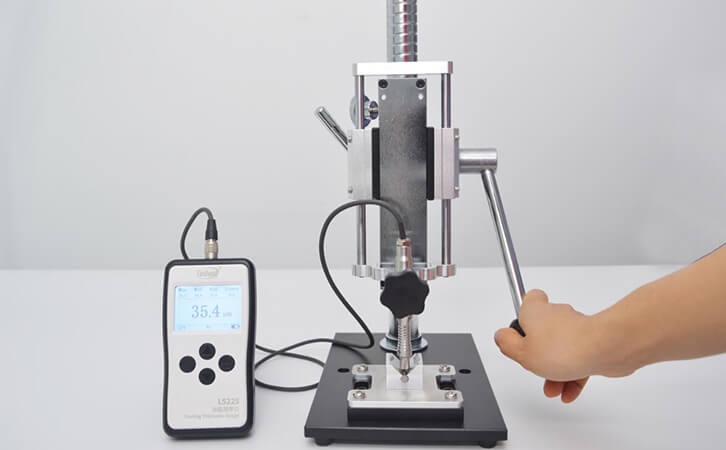Plating Thickness Meter | Plating Thickness Measurement
Coated platings can be seen everywhere in life, fire protection platings on fire hydrants, anti-corrosion platings on pipes, etc. In all walks of life, the application of platings varies. Although the applications vary, these platings have their own industry standards. In order to make the products meet international standards, China has successively issued a number of standards for the measurement of plating thickness. Therefore, the thickness measurement of the plating layer has become an important part of the quality inspection in the surface treatment industry, product processing industry and other industries. It is a necessary means for the product to reach the excellent quality standard. Metal plating mainly includes material surface protection layer, decorative covering layer, such as plating, sticking layer, chemically generated film, etc.
1. Measuring method of metal plating
The plating thickness measurement methods include: wedge cutting method, optical cutoff method, electrolysis method, thickness difference measurement method, weighing method, X-ray fluorescence method, β-ray backscattering method, capacitance method, magnetic measurement method and eddy current measurement method.
X-ray and β-ray methods are non-contact and non-destructive measurement. The measurement range is relatively small. But the price is more expensive.
The wedge cutting method, optical cutting method, electrolytic method, thickness difference measuring method and weighing method are destructive testing, slow speed and relatively complicated operation.
Magnetic measurement method and eddy current measurement method are the most common nondestructive measurement methods for platings. These two methods are suitable for measuring the plating thickness on the metal substrate.
2. Plating thickness meter suitable for ultra-thin plating measurement
The common metal plating thickness meter mainly uses the magnetic induction principle, that is, the magnetic measurement method. In order to accurately measure the plating thickness, this type of instrument usually needs to achieve very high accuracy. Because the ultra-thin plating layer is in μm, if the instrument accuracy is not high, the measurement is not accurate, it is easy to cause a large error. As a professional plating thickness meter manufacturer, Linshang Technology has developed the LS225+F500 metal plating thickness meter specifically for the measurement of ultra-thin plating thickness in order to meet the needs of customers and markets. And this instrument is also equipped with a special fixture to help customers fix ultra-small materials for easy testing.
Support five-point calibration, accuracy can reach ± (0.3μm + 2%)
Ultra-small probe, μm/mil optional
Equipped with special test fixture to make the measurement data more accurate
If you want to know more about LS225 metal plating thickness meter, please contact us at sales21@linshangtech.com. In order to give back to new and old customers, purchas the first 100 sets of LS225 metal plating thickness meters now , free fixtures are provided.
- High precision coating thickness gauge for used car
- Automotive paint protection films coating thickness gauge
- Plating Thickness Measuring Instrument for Detecting Anti-corrosion Coating
- Linshang LS220, LS191, LS160A– Necessary for Car Cover Inspection
- Coating Thickness Gauge for Second Hand Vehicle
- Zero Adjustment Step of Coating Thickness Gauge
